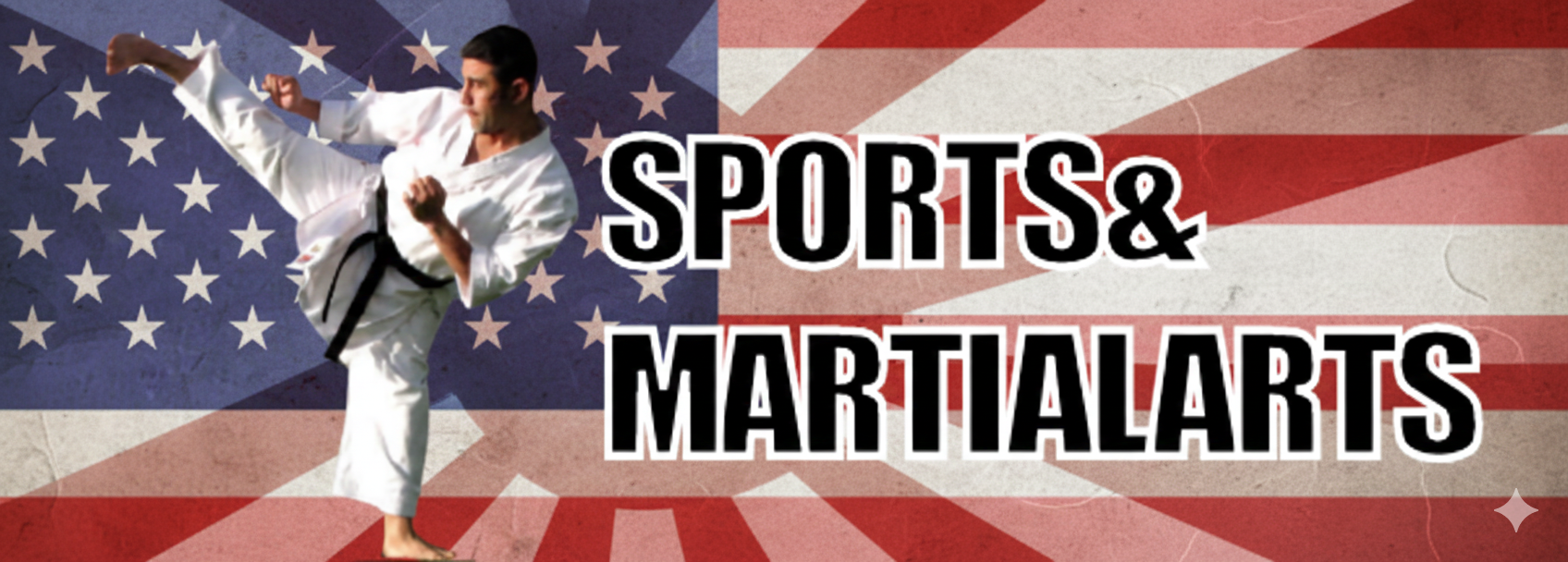Contents
Karate General Terminology
Essential Japanese Words for Martial Artists
Understanding Karate terminology is key to connecting with the art’s roots in Japanese culture and tradition. These words are not only commands or labels—they reflect the philosophy, discipline, and structure that define martial arts practice. Whether you’re a beginner learning your first kata or a black belt refining your spirit, knowing these terms deepens your understanding of Karate and its cultural foundation. Below is a detailed guide to essential Karate terminology for training, instruction, and personal growth.
Numbers (1–10) – Counting in Japanese
Karate classes traditionally use Japanese numbers during drills, kata practice, and exercises. Learning these helps synchronize movements and promotes respect for the art’s heritage.
Ichi (一) – One
Ni (二) – Two
San (三) – Three
Shi (四) or Yon (四) – Four
Go (五) – Five
Roku (六) – Six
Shichi (七) or Nana (七) – Seven
Hachi (八) – Eight
Kyū (九) – Nine
Jū (十) – Ten
These numbers are used when counting repetitions, steps in kata, or techniques in kihon (basic training). Using Japanese counting builds consistency across dojos worldwide and helps unify practice.
General Commands – Core Dojo Language
Rei (礼) – Bow. A sign of respect shown to instructors, training partners, and the dojo itself. Bowing is an essential part of Karate etiquette.
Yoi (用意) – Ready. The signal to prepare mentally and physically for the next action.
Hajime (始め) – Begin. The command to start an exercise, sparring match, or kata.
Yame (止め) – Stop. Used to halt practice immediately or end a round of training.
Mawatte (回って) – Turn. Often used in kata or line drills when changing direction.
Kamaete (構えて) – Assume a stance or fighting position. It signals readiness and focus.
Kiotsuke (気を付け) – Attention. A command for standing tall, focused, and disciplined.
Seiza (正座) – Kneel. The formal seated position used for meditation or to show respect during ceremonies.
Mokuso (黙想) – Meditation. Performed at the beginning and end of class to clear the mind and center the spirit.
Kiai (気合) – Shout. A powerful exhalation used to focus energy, intimidate an opponent, or emphasize technique.
Zanshin (残心) – Remaining awareness. The state of mental readiness and calm vigilance after executing a technique.
These commands are integral to dojo discipline and the mental side of training. Following them properly reflects humility, respect, and unity.
Directions – Understanding Movement and Position
Mae (前) – Front. Moving forward or striking toward the front.
Ushiro (後ろ) – Back. Moving backward or performing rear techniques.
Migi (右) – Right. Directional cue for executing movements on the right side.
Hidari (左) – Left. Directional cue for executing movements on the left side.
Chūdan (中段) – Middle level. Refers to the midsection or torso; many strikes target this area.
Jōdan (上段) – Upper level. The head or upper body area; used for high strikes or blocks.
Gedan (下段) – Lower level. The area below the waist; used for low blocks and kicks.
Learning these directions is vital for kata (forms), kihon (basics), and kumite (sparring). Instructors often give commands using these words to guide movement sequences or adjust technique.
Cultural Insight for Martial Artists
Karate’s Japanese terminology connects practitioners to a centuries-old lineage of warriors, teachers, and thinkers. Each word represents more than a command—it carries meaning tied to discipline, humility, and focus. Practicing Karate without understanding its language is like playing music without feeling the rhythm. Knowing these terms helps students communicate clearly in any dojo across the world, while honoring the spirit of Bushido (the way of the warrior). For advanced practitioners, studying additional Japanese vocabulary—such as stance names (dachi), strike terms (uchi), and kick terminology (geri)—can further enhance technical understanding and teaching ability.
By embracing Karate’s traditional terminology, you gain more than vocabulary—you gain a deeper appreciation for the art, its philosophy, and the cultural values it was built upon.
SEO Keywords: Karate terminology, Japanese Karate words, Karate commands, Karate numbers, dojo etiquette, Japanese martial arts terms, Karate vocabulary, Karate language guide, Karate culture, Karate training basics
Karate Requirements
- Karate Stances
- Karate Punches
- Karate Kicks
- Karate Blocks
- Karate Strikes
- Karate Traditional Katas
- Karate Traditional Weapons
- Karate General Terminology
Follow our Social Media!











